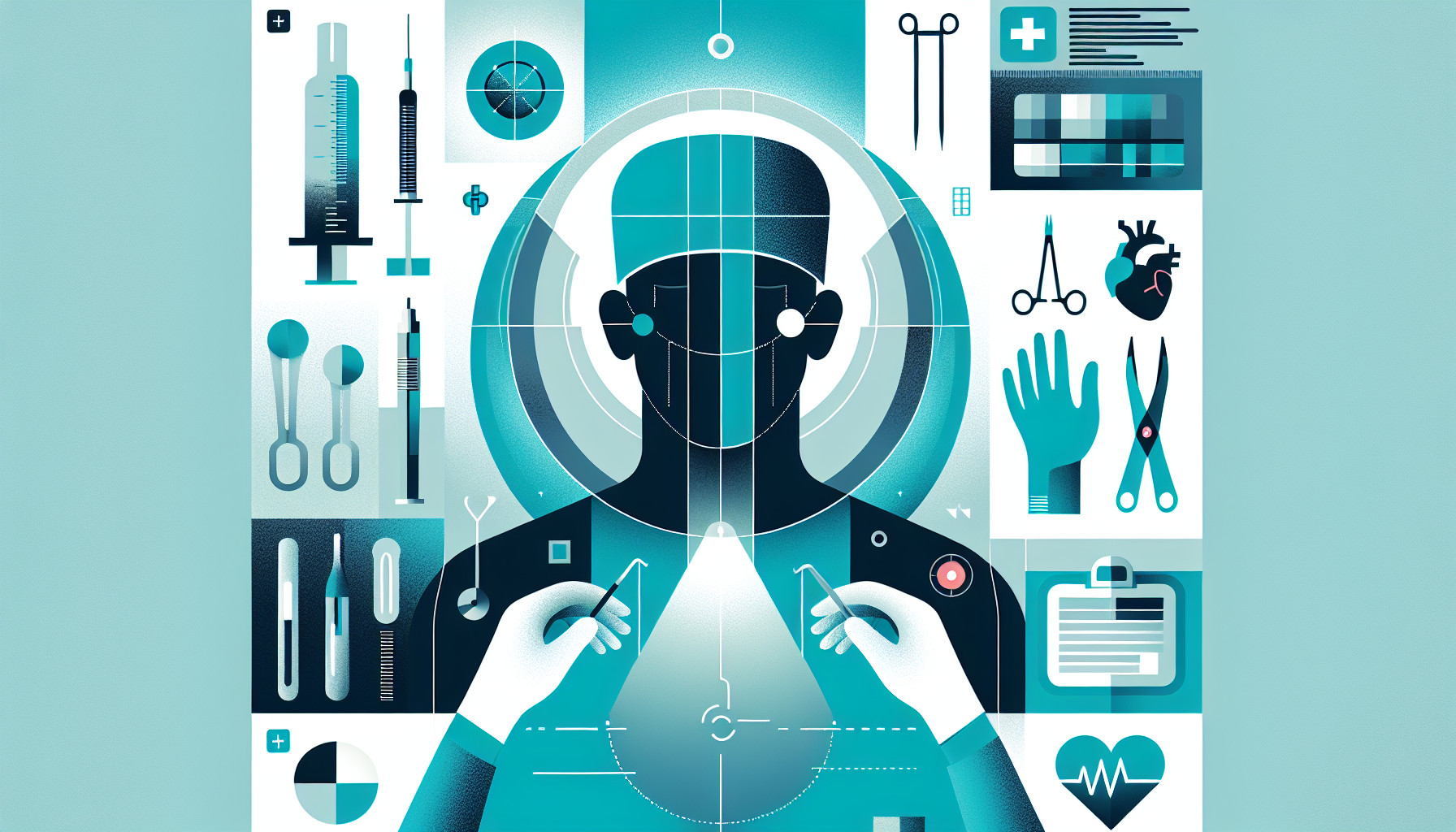Our Summary
This research paper discusses the use of autologous skin grafts, where skin is taken from one area of a patient’s body and used to cover a wound or defect in another area. The traditional method involves taking a full or partial thickness graft, which needs a trained surgeon, an operating room, and anaesthesia. This also leaves a wound at the site from where the skin was taken. The paper suggests an alternative approach using epidermal skin grafts (ESGs), which only use the top layer of skin. ESGs can be taken without needing anaesthesia, can be done in a regular doctor’s office, and leave little to no scarring at the donor site. ESGs are therefore seen as a promising alternative for wound treatment. The paper provides an overview of this type of grafting and its role in managing wounds.
FAQs
- What are autologous skin grafts and what role do they play in treating skin defects?
- What are the advantages of using epidermal skin grafts over other types of skin grafts?
- How is the process of harvesting epidermal skin grafts different from other skin grafts?
Doctor’s Tip
One helpful tip a doctor might tell a patient about skin graft surgery is to follow post-operative care instructions closely to ensure proper healing and prevent infection. This may include keeping the graft site clean and dry, changing dressings as instructed, and avoiding activities that could disrupt the healing process. It is also important to attend follow-up appointments with your healthcare provider to monitor progress and address any concerns.
Suitable For
Patients with acute or chronic wounds that are not healing properly, such as burns, diabetic ulcers, pressure ulcers, and surgical wounds, may be recommended for skin graft surgery. Skin graft surgery may also be recommended for patients with skin cancers or other skin conditions that require removal of a significant portion of skin tissue. Additionally, patients with cosmetic concerns, such as scars or areas of skin discoloration, may also benefit from skin graft surgery.
Timeline
Before skin graft surgery:
- Patient consults with a healthcare provider to discuss the need for skin graft surgery.
- Pre-operative assessments and tests may be conducted to ensure the patient is a suitable candidate for surgery.
- Patient may be instructed to stop taking certain medications or to avoid eating or drinking before the procedure.
- Surgical team prepares the operating room and equipment for the surgery.
After skin graft surgery:
- Patient is monitored in the recovery room for a period of time to ensure stability.
- Patient may experience pain, swelling, and discomfort at the donor and recipient sites.
- Dressings are applied to protect the graft and promote healing.
- Patient may be prescribed pain medication and antibiotics to prevent infection.
- Follow-up appointments are scheduled to monitor the healing progress and remove sutures or dressings as needed.
- Physical therapy or rehabilitation may be recommended to help with mobility and function in the affected area.
- Over time, the graft will integrate with the surrounding tissue and the wound will heal, resulting in improved function and appearance.
What to Ask Your Doctor
- What is the purpose of the skin graft surgery in my specific case?
- Are there any alternative treatment options to consider before proceeding with skin graft surgery?
- What are the potential risks and complications associated with the procedure?
- How long will the recovery process take, and what can I expect in terms of pain and discomfort?
- Will I need multiple grafts or additional procedures to achieve the desired outcome?
- How will the donor site be treated and what can I expect in terms of scarring?
- What post-operative care will be necessary to ensure proper healing and minimize the risk of infection?
- Will I need to follow up with a specialist or undergo any additional treatments after the surgery?
- What are the expected long-term results of the skin graft surgery?
- Are there any lifestyle changes or precautions I should take after the surgery to maintain the results and prevent complications?
Reference
Authors: Herskovitz I, Hughes OB, Macquhae F, Rakosi A, Kirsner R. Journal: Int Wound J. 2016 Sep;13 Suppl 3(Suppl 3):52-6. doi: 10.1111/iwj.12631. PMID: 27547964
